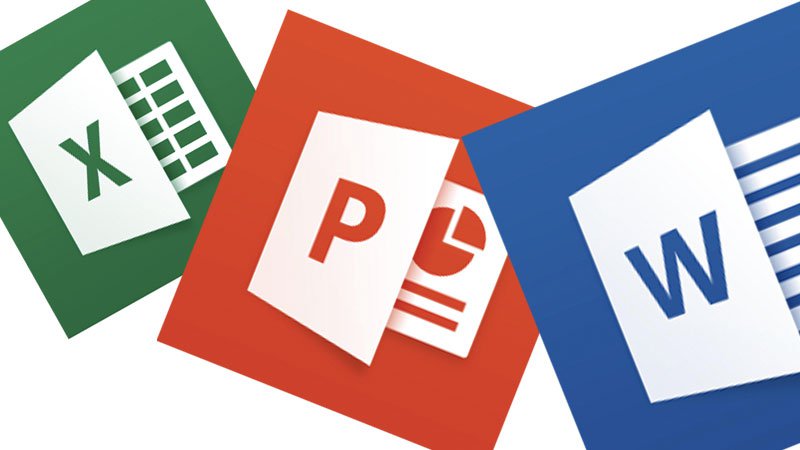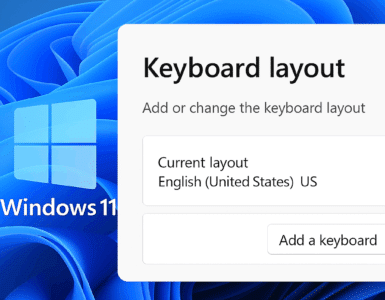Lately since Microsoft released Service Pack 1 for ConfigMgr 2012 R2, managing and deploying mobile apps have been improved enormously in many ways. For example with the introduction of Mobile Application Management policies, companies can now apply policies that restricts for instance cut, copy and paste between Managed Apps and Unmanaged Apps, providing a way of containing data leakage on mobile devices.
In this blog post I want to show you how you can deploy the various managed Microsoft Office apps, like Microsoft Word, Excel, PowerPoint etc for your mobile devices including a Mobile Application Management policy for both the Android and iOS platforms. These apps comes with great editing capabilities of files out of the box, and when combined with an Office 365 work account, even more features and capabilities are unlocked.
The Microsoft Office apps that we’re going to create and deploy in this blog post are so called Managed Apps. If you’ve not worked with Managed Apps or Mobile Application Management (MAM) policies before, I’ve previously written an article about how to create and deploy MAM policies that also describes what a Managed App is.
https://msendpointmgr.com/2015/05/29/create-and-associate-a-mobile-application-management-policy-in-configmgr-2012-r2-sp1/
Prerequisites
Before we go ahead and create the apps, we need to collect a few information first and layout the deployment options. Below is a set of links for the various Microsoft Office mobile apps that are available at the time of writing this post:
A complete list of all Managed Apps currently released by Microsoft is available here:
https://technet.microsoft.com/en-us/library/dn708489.aspx
Fundamentals of creating apps for mobile devices
In ConfigMgr we have what is called the Application Model, which is a completely new way of delivering any type of application to any type of platform, compared to the legacy way with package distribution. In the Application Model, you’re probably familiar with so called Deployment Types. A single application can consist of multiple Deployment Types that can be targeted for different platforms. This behavior is excellent for creating a single application with a deployment for each platform it’s supported on, keeping administration and distribution a minimum.
In this post I’ll go through the process of creating and deploying the managed Microsoft Word app that will be deployed for iOS and Android devices. Instead of managing multiple applications in ConfigMgr for a single managed app for each platform, we’re going to leverage the Application Model in the way it was designed from the beginning. What we shall end up with is a single application in ConfigMgr with two Deployment Types targeting our desired platforms of choice, as seen in the picture below.

Create a managed Microsoft Office app
First off we need to create the Application with a Deployment Type for the iOS platform. For the purpose of this post, I’ll go through the steps required to create the Microsoft Word mobile app as an application.
1. Open the ConfigMgr console and go to the Software Library node.
2. Expand Application Management, right click on Applications and select Create Application.
3. In the Create Application wizard, select the following:
Type: App Package for iOS from App Store
Location: https://itunes.apple.com/us/app/microsoft-word/id586447913?mt=8
Click Next.

4. On the Important Information page, click Next.

5. Specify the following on the General Information page:
Name: Microsoft Word
Administrator comments: Managed App
Publisher: Microsoft
Administrative categories: Android, iOS, Office
You’re not required to specify any categories, although it makes it easier to search for applications supported on various platforms unless you group them in folders or in any other way. Click Next.

6. On the Summary page, click Next.
7. On the Completion page, click Close.

8. (Optional) Select your newly created application called Microsoft Word and go to the Deployment Types tab. Right click on the microsoft-word – App Package for iOS from App Store Deployment Type and choose Properties. Amend the name to Microsoft Word – App Package for iOS from App Store and click OK.

9. Select the Microsoft Office application, right click and select Create Deployment Type.
10. Select and enter the following:
Type: App Package for Android on Google Play
Location: https://play.google.com/store/apps/details?id=com.microsoft.office.word&hl=en
Click Next.

11. Click OK in the warning popup that appears.
12. On the Import Information page, click Next.

13. On the General Information page, amend the name to reflect the application:
Name: Microsoft Word – App Package for Android on Google Play
Click Next.

14. On the Summary page, click Next.
15. On the Completion page, click Close.

That’s it, we’ve now created our Microsoft Word mobile app in ConfigMgr 2012 R2 SP1. Since this application consists of deep-link Deployment Types (pointing to an app in an app store), we do not need to distribute this application to any Distribution Points. However, we need to create a Mobile Application Management policy since the app we’re deep-linking to is in fact a Managed App, in order to successfully deploy the application to our mobile devices.
Create a Mobile Application Management policy
I’ve previously covered the basics of creating Mobile Application Management policies in the following blog post, and I’ll not go over the same steps again here in this post.
https://msendpointmgr.com/2015/05/29/create-and-associate-a-mobile-application-management-policy-in-configmgr-2012-r2-sp1/
Assuming that you’ve read the above blog post, we need to create two Application Management Policies (that’s what they’re called in the ConfigMgr console). Due to the fact that we’ve two Deployment Types for our Microsoft Word application, we also need two MAM policies since they’re platform oriented. I recommend that you create the policies mentioned below, following the steps in the above blog post:
- iOS policy
- Name: MAM – Microsoft Word – iOS
- Platform: iOS
- Policy Type: General
- iOS Policy: Default values to begin with
- Android policy
- Name: MAM – Microsoft Word – Android
- Platform: Android
- Policy Type: General
- Android Policy: Default values to begin with
Once you’ve created these two Application Management policies, you’re ready to deploy your Microsoft Word app to your mobile devices.
Deploy a managed Microsoft Office app
With the application Microsoft Word and the two Application Management policies created, we can now deploy the application to a collection of users.
1. In the Software Library under Application Management and Applications, locate the Microsoft Word application. Right click on the application and select Deploy.
2. Browse for a suitable User Collection. For demonstration purposes I’ve created a User Collection called MAM – Microsoft Word – iOS / Android containing all my enabled Intune users. Click Next.

3. On the Content page, click Next.
4. On the Deployment Settings page, choose the Purpose and Action. I’ll go ahead and make this available for my Intune users in the Company Portal by choosing Install and Available.

5. On the Scheduling page, click Next.
6. On the User Experience page, click Next.
7. On the Alerts page, click Next.
8. On the Application Management page, select the proper Application Management policy per respective platform and click Next.

9. On the Summary page, click Next.
10. On the Completion page, click Close.

We’ve now successfully deployed the Microsoft Office mobile app to our Intune enabled users in ConfigMgr. Once the data has been uploaded to Microsoft Intune, end users should now be able to see the app in their Company Portal app.
End User experience
Once every little piece of data has been made available from ConfigMgr to Intune, end users should start seeing the Microsoft Word app in the Company Portal. Here’s a screen shot from one of my Android devices:

(Sorry for the Swedish in the picture above, but I guess you get the meaning of it anyhow, right?)
Automate Microsoft Office app creation with PowerShell
So now that I’ve showed you how to create one of the Microsoft Office apps, wouldn’t it be kind of cool if we could automate the process of creating these applications in ConfigMgr? Well in fact we can, and I’ve created such a script that you’ll find below. The only thing you’ll have to do before you deploy all of the applications is to create the Application Management policies.
https://msendpointmgr.com/2015/07/20/create-microsoft-office-mobile-apps-in-configmgr-2012-r2-sp1-with-powershell/










Hey man, the OneNote URLs have changed since its now a universal app…you might want to update 😉
Hey Simon,
Thanks for the update! I’ve now amended the OneNote URL pointing to the Universal app instead. I’ve also updated the script that automates the creation of the apps in ConfigMgr.
Cheers!
Nickolaj